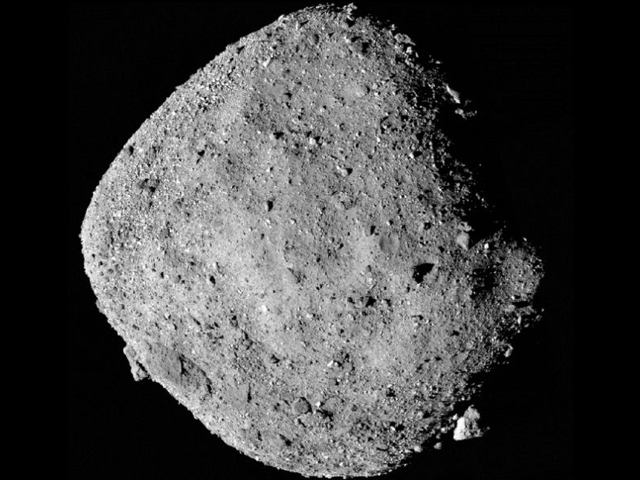
Astronomers develop new observation technique to mitigate asteroid risks
A collaborative research team from China and Ukraine has been monitoring near-Earth asteroids (NEAs) through regular observations to attain accurate positioning and precise orbit determination for those celestial bodies. The NEAs are asteroids whose trajectories are in close proximity with Earth's orbit. The possibility of it having an impact on our planet presents a grave threat, underscoring the imperative need for prompt follow-up observations of newly identified NEAs for rapidly assessing their orbital elements. However, observing rapidly moving objects with extended exposure times can result in streaked images, thus markedly diminishing the accuracy of astronomical measurements. The researchers from Shanghai Astronomical Observatory (SHAO) under the Chinese Academy of Sciences and Mykolaiv Astronomical Observatory pioneered an innovative method known as the rotating-drift-scan (RDS) charge-coupled device (CCD) technique, which allows the asteroid to be imaged as a point source, even with a long exposure time. Their work leveraged an extensive dataset comprising more than 11,000 positional measurements of nearly 500 NEAs, captured by the two 50-centimeter telescopes, located, respectively, in the northwestern Chinese city of Xi'an, over the period from 2019 to 2023, and in Mykolaiv, Ukraine, over the period from 2011 to 2022. Employing this innovative technique, a network of small-aperture telescopes can be effectively utilized to significantly enhance the global NEA monitoring system to safeguard Earth from potential asteroid impacts, according to the study published recently in the Astronomical Journal.

A collaborative research team from China and Ukraine has been monitoring near-Earth asteroids (NEAs) through regular observations to attain accurate positioning and precise orbit determination for those celestial bodies. The NEAs are asteroids whose trajectories are in close proximity with Earth's orbit. The possibility of it having an impact on our planet presents a grave threat, underscoring the imperative need for prompt follow-up observations of newly identified NEAs for rapidly assessing their orbital elements. However, observing rapidly moving objects with extended exposure times can result in streaked images, thus markedly diminishing the accuracy of astronomical measurements. The researchers from Shanghai Astronomical Observatory (SHAO) under the Chinese Academy of Sciences and Mykolaiv Astronomical Observatory pioneered an innovative method known as the rotating-drift-scan (RDS) charge-coupled device (CCD) technique, which allows the asteroid to be imaged as a point source, even with a long exposure time. Their work leveraged an extensive dataset comprising more than 11,000 positional measurements of nearly 500 NEAs, captured by the two 50-centimeter telescopes, located, respectively, in the northwestern Chinese city of Xi'an, over the period from 2019 to 2023, and in Mykolaiv, Ukraine, over the period from 2011 to 2022. Employing this innovative technique, a network of small-aperture telescopes can be effectively utilized to significantly enhance the global NEA monitoring system to safeguard Earth from potential asteroid impacts, according to the study published recently in the Astronomical Journal.
